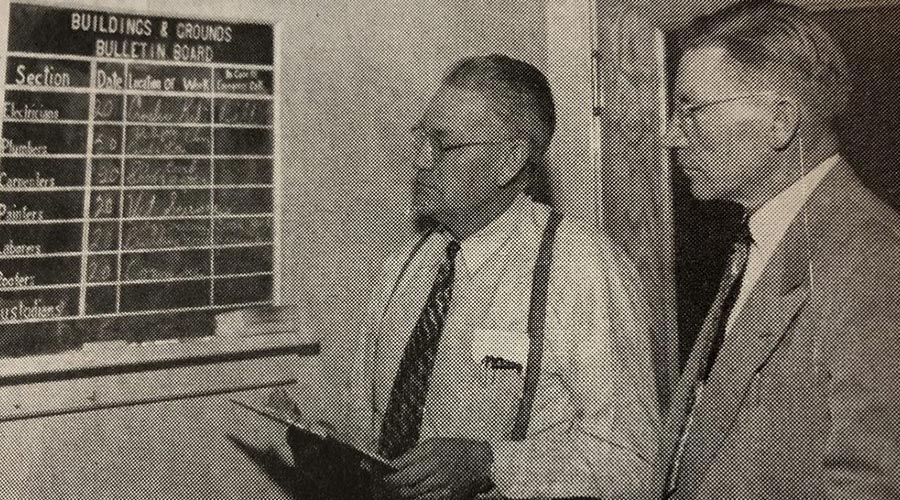California Policy For Tapping Nation’s Strategic Wind Resources Garners Praise
The Federal Energy Regulatory Commission (FERC) has approved a new California Independent System Operator (ISO) transmission policy, intended to improve wind generation.
By CleanLink Editorial Staff
The Federal Energy Regulatory Commission (FERC) has approved a new California Independent System Operator (ISO) transmission policy, intended to improve wind generation.
The policy, which the U.S. wind energy industry has worked to develop and support, aims to address the “chicken or egg” problem that has bedeviled wind power development where no wind farms are built unless there is transmission, and no transmission is built unless there are wind farms already in place.
The ruling in effect states that, in windy areas where there is no transmission, transmission should be financed and built first as long as it is clear that there is a large energy resource to be tapped and that there is some financial commitment on the part of generating companies to eventually develop projects in the area.
“This decision is great news,” says Rob Gramlich, AWEA policy director. “Several hundred gigawatts of cost-effective, inexhaustible, 100 percent clean wind power are now a step closer to being tapped for the benefit of the nation’s economy, environment, and energy security.”
“All five commissioners demonstrated in their remarks that they grasp the challenges facing renewable energy developers and that they want to help remove roadblocks,” says Gramlich. “The passive-reactive transmission system that worked to interconnect gas generation over the last decade simply does not work for wind and some other renewables. We appreciate that California policy makers, electric industry stakeholders, the California ISO, and now FERC have given the wind industry a fair hearing on this barrier to wind power development and have worked cooperatively to adopt this pro-active transmission solution.”
The FERC decision comes at a time when similar policies are being implemented at the state level, including in Texas, Colorado, Minnesota, and California. With the FERC decision, this policy can now be pursued by every transmission provider in the country with a FERC jurisdictional transmission tariff.
"FERC's unanimous decision is a breakthrough step toward getting major transmission rationally into renewable resource rich areas and facilitates achievement of renewable portfolio standard (RPS) goals,” says Hal Romanowitz, president of Oak Creek Energy in California, and an AWEA Board member. “The achievement in this process demonstrates a major improvement in the way FERC and State entities interact to support important goals.”
An RPS requires that a growing amount of electricity be generated from renewable sources. Over twenty states now have adopted an RPS, and Congress is expected to consider national RPS legislation later this year.
Related Topics:










